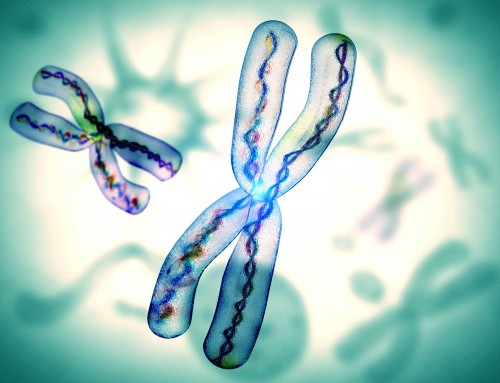What are the signs and symptoms of Fragile X Syndrome?
The signs and symptoms of fragile X syndrome can involve cognitive, developmental, behavioral and physical aspects, and vary in severity among individuals. This disorder generally affects males more frequently and severely than females.
Cognitive
People with fragile X syndrome may develop intellectual impairment which affects their ability to think, reason and learn. They may have learning deficits and may also suffer from mild to severe mental retardation.
Developmental
People with fragile X syndrome experience developmental delays in sitting, walking or talking. They may have abnormal speech and language problems, such as trouble expressing themselves in words, stutter or repeat themselves frequently.
Behavioral
Social anxiety can keep people with fragile X syndrome from being social. There may be lack of eye contact and being afraid of new routines and situations. Boys tend to be more aggressive, and girls tend to be very shy when they experience sensory overload. Some may develop autism, characterized by repetitive behavior and impaired social interaction. Some may develop Attention Deficit Hyperactivity Disorder (ADHD), characterized by hyperactivity and difficulty in paying attention.
Physical
Infants with fragile X syndrome typically have a larger than average head at birth. As they grow older, the physical characteristics of fragile X syndrome can develop and become more prominent. Such physical features include a long face, protruding ears, enlarged testicles, hyperextensible joints and flat feet due to weak connective tissue.
References:
Fragile X-associated Disorders. National Fragile X Foundation
Saul RA, Tarleton JC (1998, Updated 2012 Apr 26). FMR1-Related Disorders. In: Pagon RA, Adam MP, Ardinger HH, et al., editors. GeneReviews® [Internet]. Seattle (WA): University of Washington, Seattle; 1993-2016.





